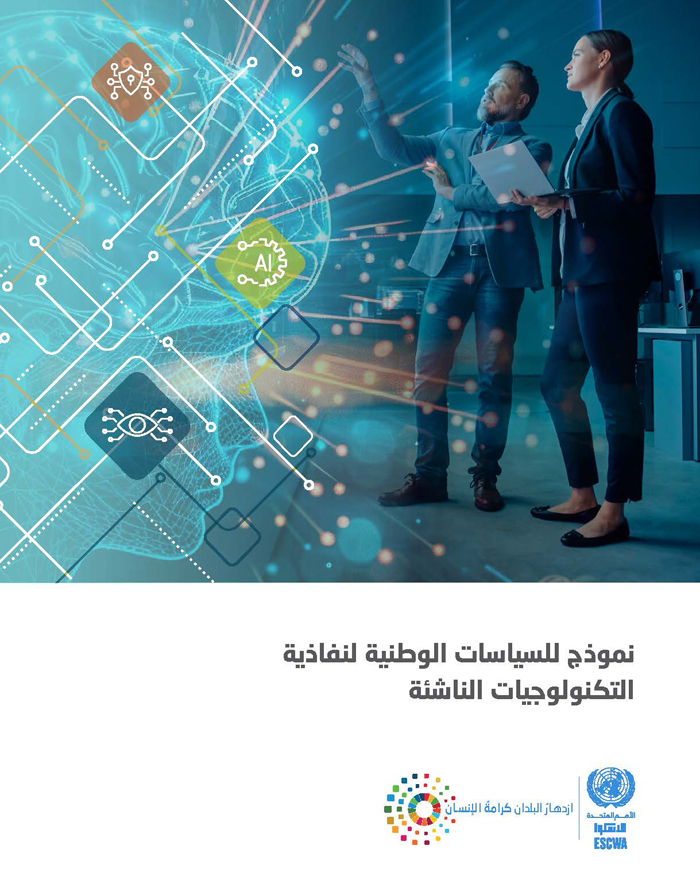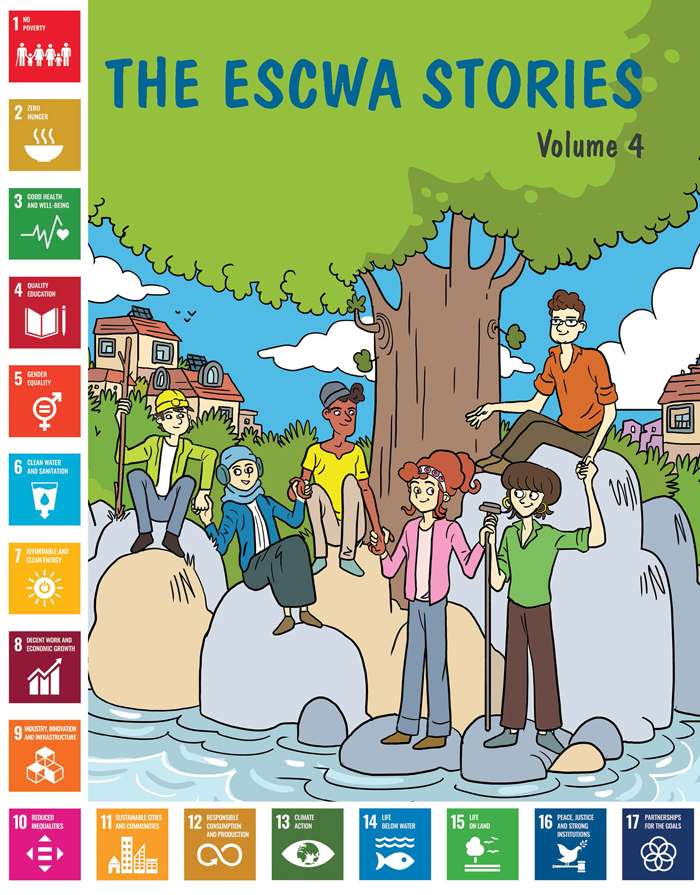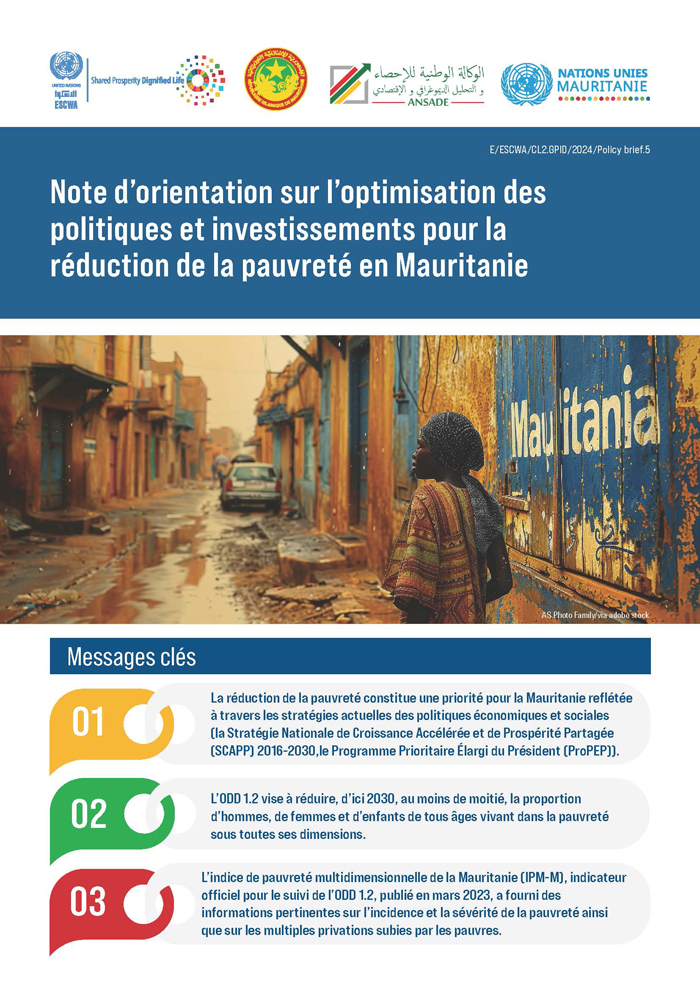
ESCWA Publication: E/ESCWA/CL2.GPID/2022/TP.21
Country: Arab region
Publication Type: Reports & studies
Cluster: Gender Justice, Population and Inclusive Development
Focus Area: Inclusive development, Population dynamics & migration
Initiatives: Addressing multidimensional poverty
SDGs: Agenda 2030, Goal 1: No Poverty
Keywords: Poverty, Population trends, Poverty mitigation, Middle-income countries, Basic needs, Statistical methodology
Counting the world’s poor: back to Engel’s law
August 2022
The present paper proposes a new method to count the poor in a way that maintains comparability across countries and over time and is consistent with behavioural tendencies of households as modelled by classical economic theory. To this end, the authors propose a concave poverty line (CPL) that is grounded in theory and backed by empirical evidence on the relation between absolute national poverty lines and income.
The major feature of CPL that separates it from similar measures, notably the World Bank’s societal poverty line (SPL), is that it adjusts in a non-linear fashion to rising income to approach an upper limit. The paper first presents the theoretical foundations of CPL, then demonstrates its empirical robustness compared with alternative parametric and non-parametric approaches. Lastly, it shows the regional and global headcount poverty rates using CPL and alternative poverty lines in 2020 and provides forecasts until 2030. The main finding is that global poverty rates using CPL are slightly lower than using SPL, with one third of the world’s population estimated to be poor in 2020.
Related content
Inclusive development
, Population dynamics & migration
,
The present paper proposes a new method to count the poor in a way that maintains comparability across countries and over time and is consistent with behavioural tendencies of households as modelled by classical economic theory. To this end, the authors propose a concave poverty line (CPL) that is grounded in theory and backed by empirical evidence on the relation between absolute national poverty lines and income.
The major feature of CPL that separates it from similar measures, notably the World Bank’s societal poverty line (SPL), is that it adjusts in a non-linear fashion to rising income to approach an upper limit. The paper first presents the theoretical foundations of CPL, then demonstrates its empirical robustness compared with alternative parametric and non-parametric approaches. Lastly, it shows the regional and global headcount poverty rates using CPL and alternative poverty lines in 2020 and provides forecasts until 2030. The main finding is that global poverty rates using CPL are slightly lower than using SPL, with one third of the world’s population estimated to be poor in 2020.



